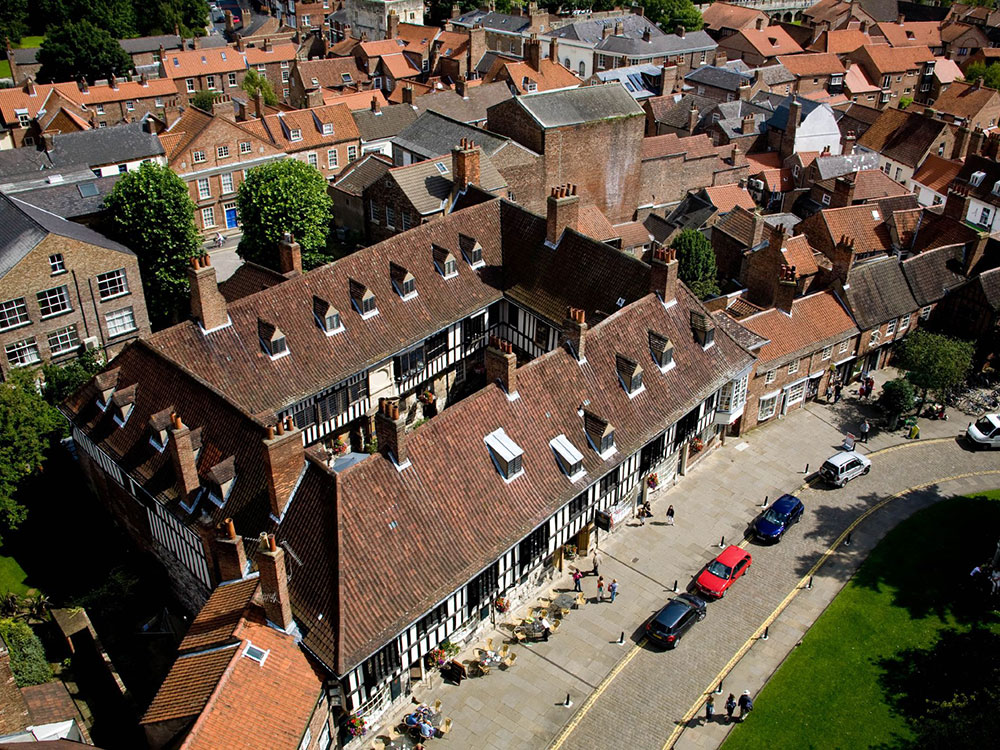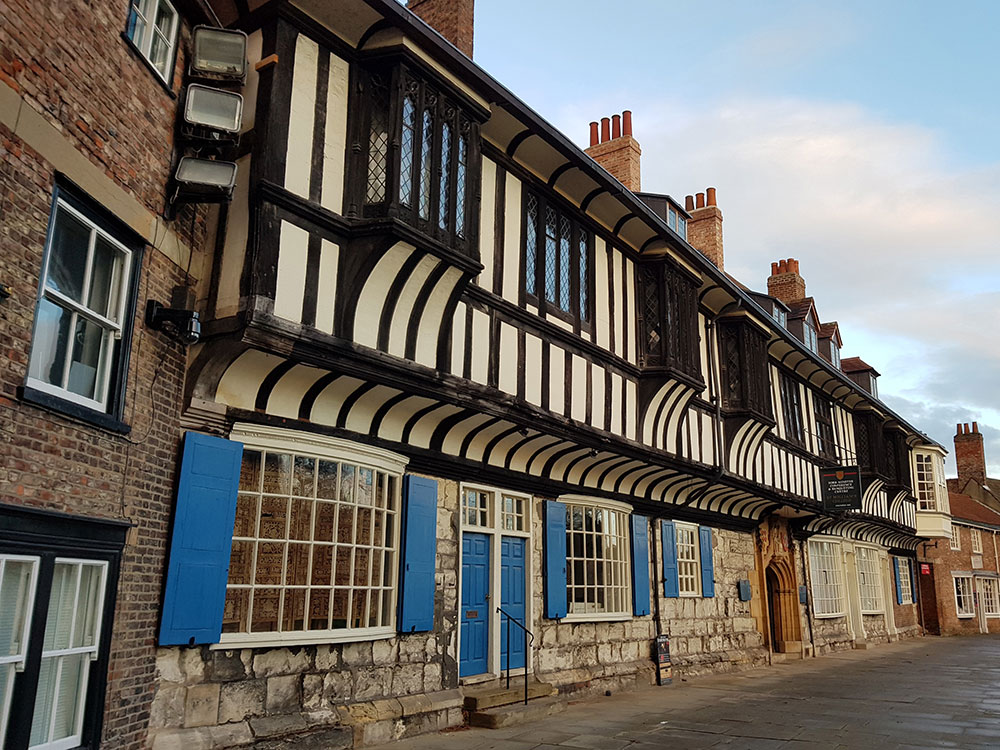An historic York building of “unqualified outstanding national significance” is set to undergo a restoration.
The Chapter of York, which runs York Minster, wants to refurbish St William’s College, a 15th century building which served as a college for chantry priests.
It has been largely empty for more than a decade and now the Chapter wants to base its main office there – freeing up other buildings in the York Minster precinct.
The changes would provide offices, function rooms and event space, with works to include conservation repairs, internal and external alterations, installation of platform lifts, a level access ramp and landscaping improvements.
According to planning documents: “St William’s College is a Grade I listed historic building of incalculable heritage significance to the Minster. The college building has performed a vital role in the life of York Minster and for the diocese, but for several years has been underutilised and currently is vacant.
“The building needs to re-find its place in the working life of the cathedral and the uses proposed in this application could not be more fitting.”
The application forms part of the York Minster precinct neighbourhood plan – adopted by City of York Council in June – which maps out the future for the historic area.
If approved by councillors, the college development will create a valuable income stream by freeing up other properties for events and conferences.
Fell out of use

Work could start in early 2024 if approval is granted, the trustees hope.
The timber-framed building has hosted a restaurant, conferences and events since the 1970s, but largely fell out of use in 2011.
[adrotate group=”3″]
Owned and governed by a trust in which the sole trustee is The Chapter of York, it has required significant work to make it wind and watertight, with the initial restoration completed in October 2018.
Other key projects outlined as part of the Minster neighbourhood plan include a centre of excellence for heritage craft skills and estate management, new visitor facilities and a new public square.
The college is named after William Fitzherbert, who was elected as Archbishop of York in the 12th century. He was involved a protracted legal dispute with the Cistercians, allegedly culminating in his murder during mass.
[tptn_list limit=3 daily=1 hour_range=1]
